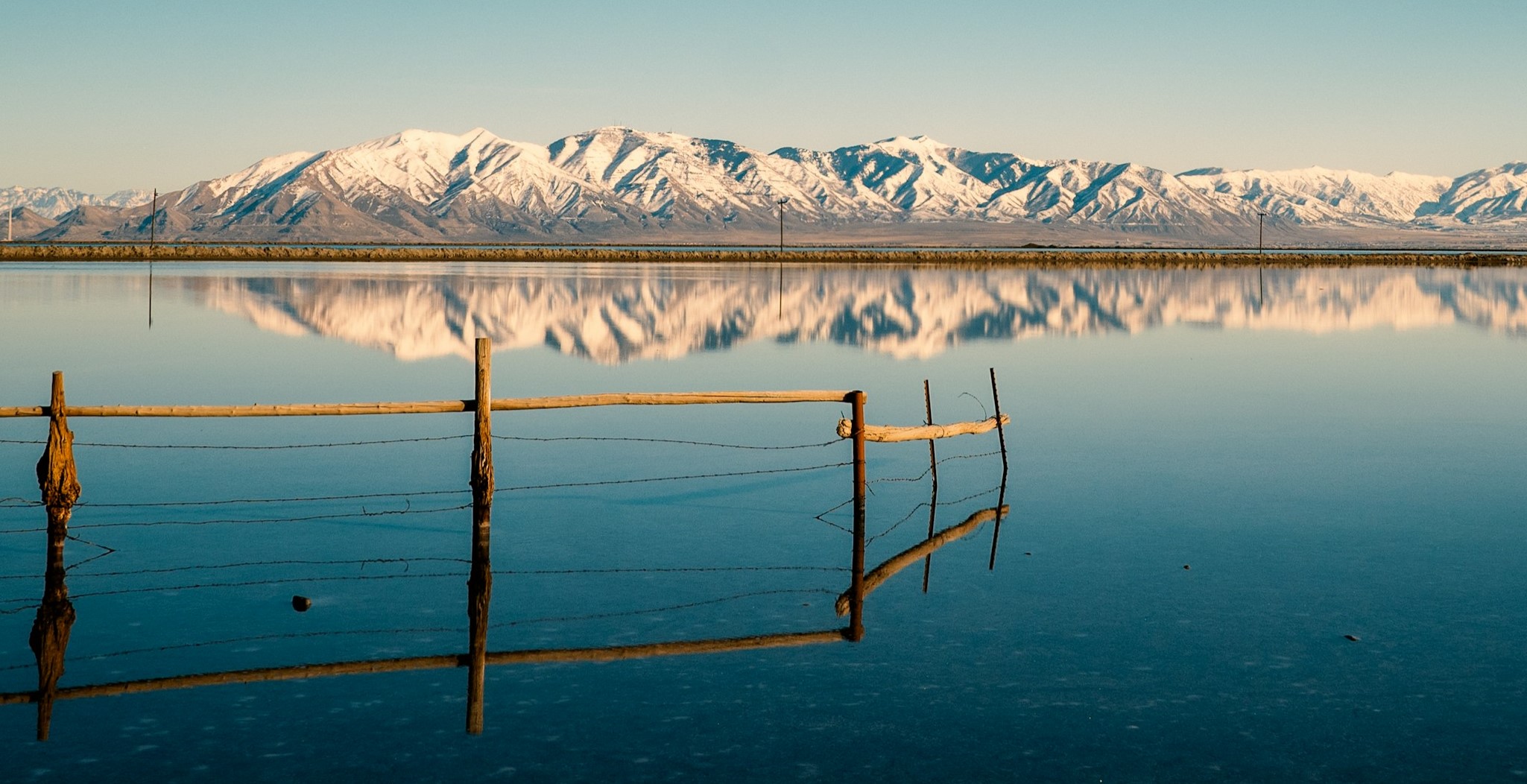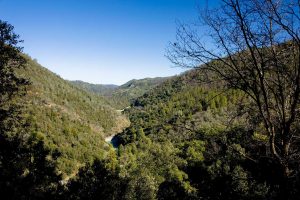Great Salt Lake Sentinel Landscape: New Initiative to Protect the Great Salt Lake and Enhance Military Readiness

This release was originally posted by Utah Department of Veterans and Military Affairs.
Salt Lake City, Utah — The Great Salt Lake Sentinel Landscape has been formally designated as a critical initiative under the Sentinel Landscapes Partnership. Spanning over 2.7 million acres in northern Utah, this landscape includes key military installations and the largest saline lake in the Western Hemisphere. These areas are crucial not only for national defense but also for environmental conservation and community resilience.
The landscape encompasses Hill Air Force Base, Camp Williams, Tooele Army Depot, and the Air Force Little Mountain Test Facility. Together, these installations provide comprehensive training, testing, and support facilities utilized by all branches of the U.S. military. The area is also home to the Utah Test and Training Range, the largest contiguous block of special-use airspace in the continental United States.
Gary Harter, Executive Director of the Utah Department of Veterans and Military Affairs, expressed his support for the initiative, emphasizing its strategic importance to both the community and the military. “The Great Salt Lake Sentinel Landscape is a testament to Utah’s commitment to preserving our natural resources while supporting our military capabilities,” Harter noted. “This initiative not only protects the environmental integrity of one of Utah’s most iconic landscapes but also enhances the operational effectiveness of our military installations.”
Utah’s rapid growth and status as one of the driest states in the nation pose unique challenges. Critical issues such as water diversion impacting the Great Salt Lake’s ecosystem and urban development encroaching on military training areas are being addressed through the Sentinel Landscape’s strategic goals:
- Foster a dynamic partnership equipped to achieve substantial environmental and military goals.
- Ensure the vitality of military installations by reducing incompatible land use through collaborative land management.
- Combat catastrophic wildfire risks through comprehensive fuel management and inter-agency collaboration.
- Enhance water resource management and ecological protection for the Great Salt Lake and surrounding communities.
- Preserve critical wildlife habitats, including migratory bird and mule deer corridors, through dedicated conservation efforts.
The Great Salt Lake Sentinel Landscape is supported by an extensive partnership network that spans federal, state, local, and private sectors. This collaborative framework includes key federal agencies like the Department of Defense, the U.S. Fish and Wildlife Service, and the Bureau of Land Management, alongside the Department of Agriculture’s Natural Resources Conservation Service and U.S. Forest Service. State partners such as the Utah Department of Veterans and Military Affairs, the Department of Natural Resources, the Office of the Great Salt Lake Commissioner, and the Utah Department of Agriculture play crucial roles in integrating state-level priorities and resources.
Locally, installations like Hill Air Force Base and the Utah National Guard at Camp Williams, as well as cities including Herriman and Layton, provide foundational support and regional insights. Additionally, private organizations like The Nature Conservancy, Ducks Unlimited, and the Bear River Land Conservancy bring specialized knowledge and funding that enhance the landscape’s conservation and sustainability initiatives.
Each partner contributes to a holistic approach that addresses the unique ecological, military, and community challenges of the Great Salt Lake area, ensuring that the landscape’s management strategies are robust, inclusive, and effective.
“This landscape highlights the connection between military readiness, environmental stewardship, and community support,” said Tyler B. Smith, Installation Resiliency Program Manager for Utah and interim Coordinator of the Great Salt Lake Sentinel Landscape. “Through the Sentinel Landscape initiative, Utah is leveraging state, federal, and local resources, along with private sector partnerships, to establish a model that works for everyone. This strategic approach ensures effective immediate solutions and sustainable long-term outcomes, aligning with Utah’s commitment to resilience and sustainability.”
As the Great Salt Lake faces ecological stress from reduced water inflows and habitat disruption, the Sentinel Landscape designation is more crucial than ever. This initiative not only focuses on immediate needs but also prepares for long-term challenges, ensuring that military operations and natural habitats are preserved for future generations.
For a details map and more information on the Great Salt Lake Sentinel Landscape, visit https://sentinellandscapes.org/landscapes/great-salt-lake












